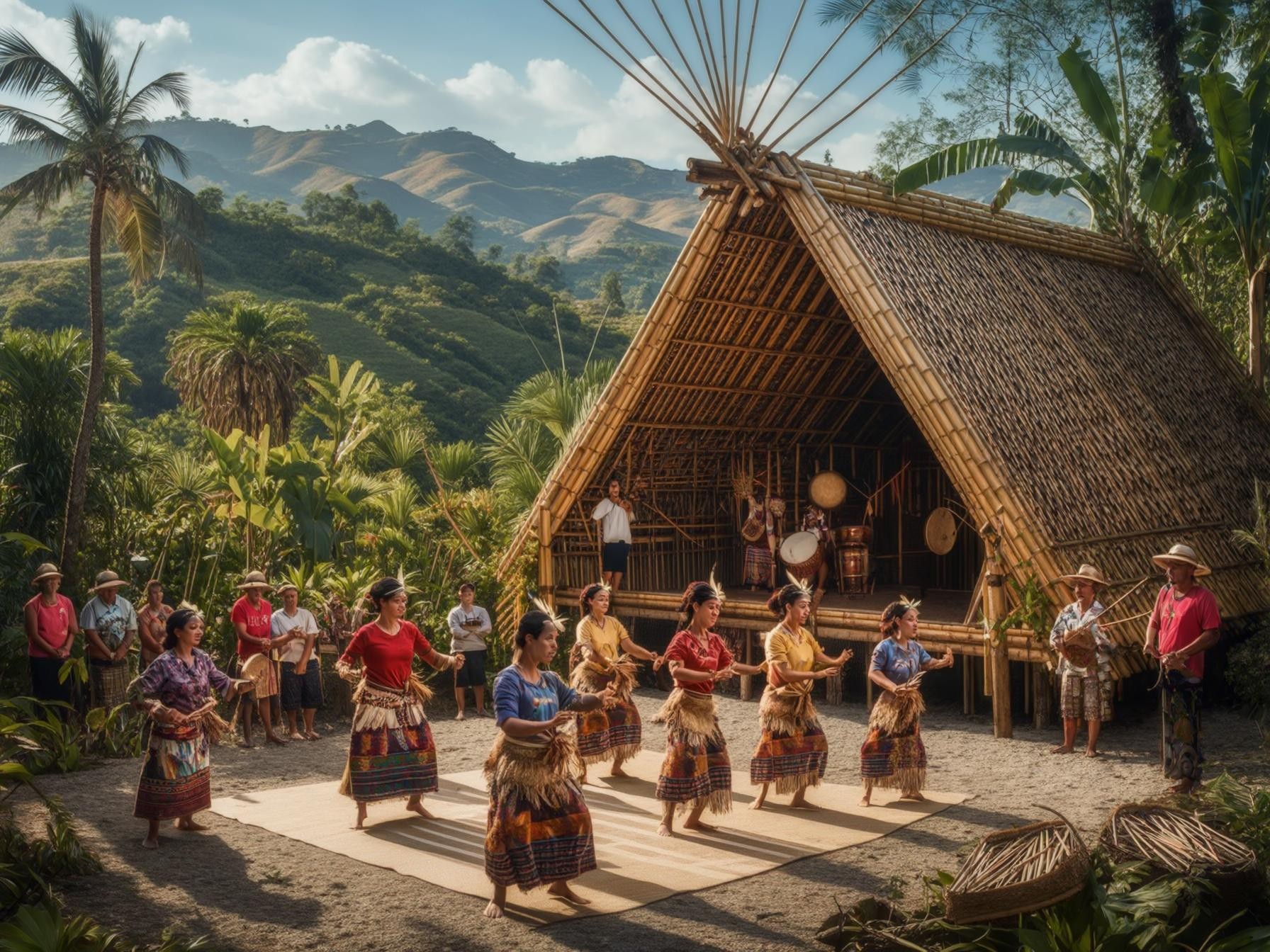Exploring the Jili Culture in San Teodoro, Philippines

San Teodoro, a picturesque municipality located on the island of Mindoro in the Philippines, is not only known for its stunning beaches and rich biodiversity but also for its unique cultural heritage. One of the most fascinating aspects of this culture is the jili tradition, which has become a significant part of the local identity. In this article, we will delve into the essence of jili, its historical background, and its contemporary relevance in San Teodoro.
What is Jili?
Jili refers to a traditional practice that encompasses various forms of art, music, and dance, often performed during local festivals and celebrations. This cultural expression is deeply rooted in the community’s history and reflects the values, beliefs, and experiences of the people of San Teodoro.
Historical Background
The origins of jili can be traced back to the indigenous tribes of Mindoro, who used art and performance as a means of storytelling and preserving their heritage. Over the years, jili has evolved, incorporating influences from various cultures, including Spanish and American, due to the Philippines’ colonial history. Today, jili serves as a bridge connecting the past with the present, allowing the community to celebrate its rich heritage while adapting to modern influences.
The Significance of Jili in San Teodoro
Cultural Identity
Jili plays a crucial role in shaping the cultural identity of San Teodoro. It fosters a sense of belonging among the locals and serves as a reminder of their shared history. Through jili, the community can express its values, traditions, and aspirations, making it an essential aspect of their daily lives.
Community Engagement
Participating in jili activities encourages community engagement and collaboration. Local residents come together to organize events, workshops, and performances, strengthening their bonds and promoting a sense of unity. This collective effort not only enhances the cultural landscape of San Teodoro but also contributes to the local economy through tourism.
Tourism and Economic Impact
The vibrant jili culture has attracted tourists to San Teodoro, eager to experience the unique traditions and festivities. Events showcasing jili performances draw visitors from all over, providing a boost to local businesses, including restaurants, shops, and accommodations. This influx of tourism helps sustain the community and promotes the preservation of their cultural heritage.
Experiencing Jili in San Teodoro
Visitors to San Teodoro can immerse themselves in the jili culture through various activities:
-
Attend Local Festivals: Experience the lively atmosphere of local festivals where jili performances take center stage. These events often feature colorful costumes, traditional music, and captivating dances.
-
Participate in Workshops: Join workshops that teach the art of jili, from dance to music. These hands-on experiences allow visitors to connect with the culture on a deeper level.
-
Explore Local Art: Discover the artistic expressions of jili through local crafts, paintings, and sculptures that reflect the community’s heritage.
For more information about jili and its significance, visit 49jilis.com.
Frequently Asked Questions (FAQs)
- What is the origin of jili in San Teodoro?
-
Jili has its roots in the indigenous tribes of Mindoro, evolving over time to incorporate various cultural influences.
-
How can I experience jili in San Teodoro?
-
You can experience jili by attending local festivals, participating in workshops, and exploring local art.
-
Is jili only performed during festivals?
-
While jili is prominently featured during festivals, it can also be experienced in community gatherings and cultural events.
-
What types of performances are included in jili?
-
Jili performances include traditional dances, music, and storytelling that reflect the community’s heritage.
-
How does jili contribute to the local economy?
-
Jili attracts tourists, boosting local businesses and promoting cultural preservation.
-
Are there any specific festivals dedicated to jili?
-
Yes, several local festivals celebrate jili, showcasing its vibrant performances and cultural significance.
-
Can tourists participate in jili workshops?
-
Yes, many workshops are open to tourists, allowing them to learn about jili firsthand.
-
What is the role of jili in community bonding?
-
Jili fosters community engagement and collaboration, strengthening social ties among residents.
-
How can I support the jili culture in San Teodoro?
-
You can support jili by attending events, purchasing local art, and promoting awareness of the culture.
-
Where can I find more information about jili?
- For more information, visit 49jilis.com.
Conclusion
The jili culture in San Teodoro is a vibrant testament to the community’s rich heritage and resilience. By embracing and promoting this unique tradition, the people of San Teodoro not only celebrate their past but also pave the way for a sustainable future. Whether you are a local or a visitor, engaging with jili offers a profound insight into the heart and soul of this beautiful municipality in the Philippines.
“`

Mag-iwan ng Inquiry sa 49jilis -49jilis.com